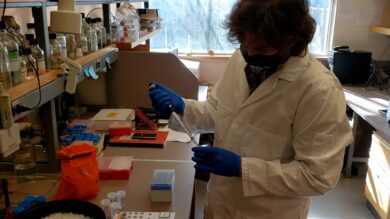March 3, 2014: Subsequent Entry Biologics in Canada: the case for multi-sector collaboration (final report)
In Canada, biologic medication has helped treat chronic illness for almost 30 years. Unlike conventional drugs, which are manufactured from chemicals and other agents, “biologics” are developed through the metabolic activity of microorganisms. The use of living agents to produce cutting-edge medicine is rapidly expanding in Canada and around the world, and is providing practitioners with options that have been effective in treating cancer, rheumatoid arthritis, multiple sclerosis, and diabetes.
Today, as patents expire and generic versions, known as subsequent entry biologics (SEBs), enter the Canadian marketplace, issues of drug variability and complexity are presenting significant challenges for safety and production standards. There is a need to update the current regulatory regime to provide direction on how SEBs are manufactured, prescribed, and tracked long-term. Greater clarity will help increase the confidence of health practitioners and patients that these innovative drugs are both safe and effective.
This report summarizes the main points of a roundtable discussion on SEBs that brought together health care practitioners, patient groups, associations, policymakers and academics in Toronto. Participants underlined that a better understanding of the current SEB regulatory regime is necessary, and agreed that multi-sector collaboration will help stakeholders navigate the complex landscape of biologic and SEB regulation in Canada.








